The word thrilling is not exaggerated in relation to the thrushes I encounter here at Flower Hill Farm during each spring, summer and fall. With every new days beginning and later its ending, I go outside or stand by the doors and windows and listen for the songs of the Veery . . . along with the trills of the Hermit and Wood Thrushes. Their otherworldly songs reach up from deep within the forest and along its edges, filling the time around daybreak and twilight with enchanting allurement.
Allow me to introduce one of our resident Hermit Thrushes (Catharus guttatus.) Listen to his song and let me know if you agree that it is truly beautiful. All About Birds describes it as ". . . a melodious, fluty warble . . . " and I would add that it seems to capture the magical essence of a fluid, ethereal dream.
The young Hermit Thrushes have more tawny spots about their chests, where as the mature birds will sport darker black marks. This youngster is posing quite nicely, displaying his slight, white eyering and brownish head.
Hermit Thrushes overwinter in much of the United States and into Central America. Some choose to remain throughout the year in parts of Arizona, New Mexico, California and even as far north as Pennsylvania and Virginia. They dine on insects and spiders during the summer months, then during the winter they supplement their diet with small fruit.
What luck the Hermit Thrush finds something of interest in the Crabapple, affording a greater view of his brown back and reddish tail. It is not the fruit of the tree that holds his interest but most likely some insect within the leaves.
This stance with his tail held up, assures with certainty this fellow is indeed the beloved Hermit Thrush, for this is uniquely characteristic of their behavior.
Earlier in the year I eyed this adult Hermit Thrush foraging for food . . . perhaps for the immature thrush in my first photographs, who would have been a wee nestling back then.
Notice the darker spots on this Adult Hermit Thrush, who finds the ground suitable for foraging, as well as the preferred placement for her nest.
Another ground foraging and ground nesting thrush that delights this listener, particularly at dawn and dusk, is the Veery (Catharus fuscescens.) Before I knew what the bird was, I thought his song was like a computerized melody or phrase vibrating and repeating itself. Have a listen to his unearthly song. The Veery is an orange-brown above . . . the color of dried pine needles, with buff underparts dotted in fuzzy, rufous spots. Veerys have less spots than both the Hermit and Wood Thrushes, which helps in identifying them.
A Veery looks over at me from the northern edge of the Crabapple Orchard near a large White Pine. These birds share a common diet with the Hermit Thrush and Wood Thrush. I will add here that I have seen a Veery eating blueberries in July, so I would guess that all thrushes will eat fruit, if it is plentiful, anytime of the year. All three passerines choose different ranges for summer breeding and overwintering. The Veery may be sighted during migration by many from the eastern United States across the deep south and up into the midwestern states. Veerys breed along the Canadian border and the northern states with some choosing to raise their young as far south as Colorado in the west, while in the east a thin breeding line is drawn down into parts of Virginia, North Carolina and Tennessee. Veerys winter in Brazil . . . sounds like a good idea to me.
I do not have a photograph of the Wood Thrush (Hylocichla mustelina), for they choose to stay hidden deeper in the forest and rarely come out. They look similar to the Hermit Thrush but are larger, browner (no red tail) and have more spots on their white underparts. I hear their unique calls and moving songs but never see them. Wood Thrushes are more on the decline due to Cowbird predation, acid rain and deforestation. They build their nests in a tree and may raise two broods during the summer breeding season all over the eastern half of the United States. They are off to Central America for the winter months. I urge you to go to visit the link to see a photograph, read more interesting facts and listen to this birds incredible song - All About Birds .
Meanwhile . . . March is nearing its end with colder than normal temperatures, that are causing the White-tailed Deer and humans here to wonder . . . when we will ever see spring?
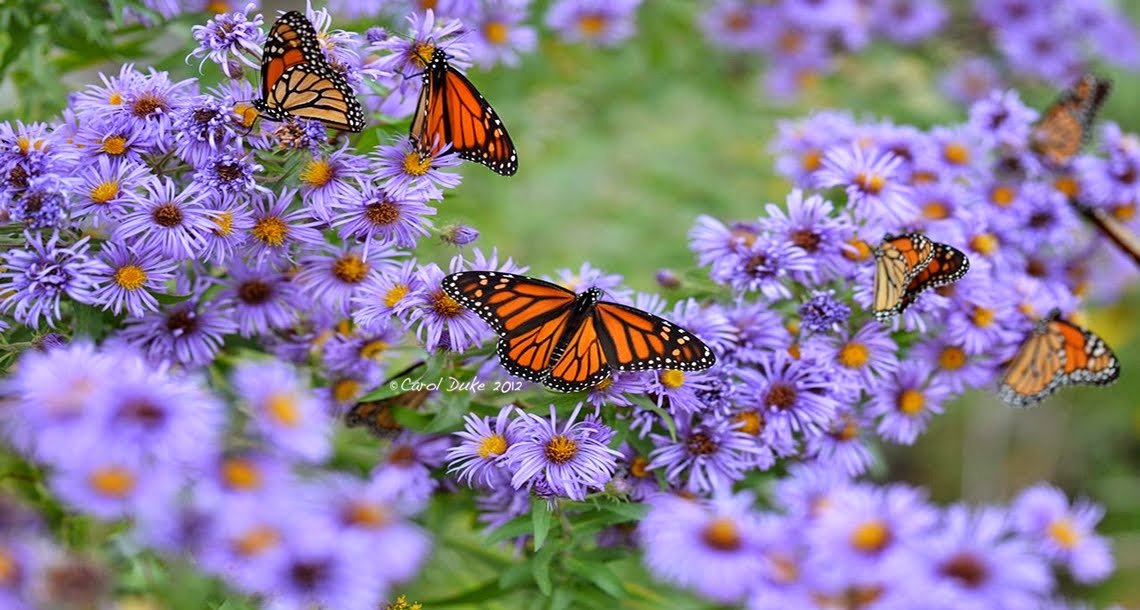




















































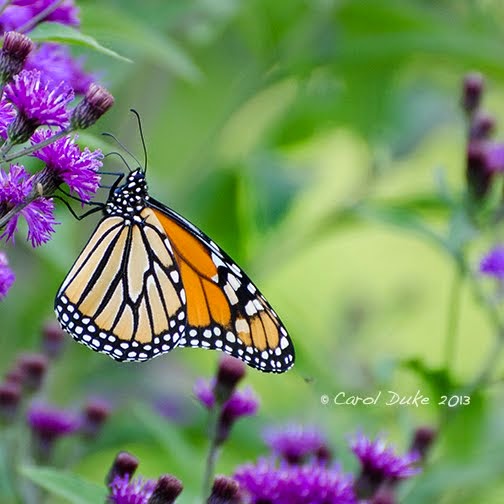

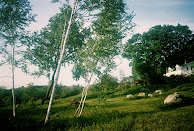

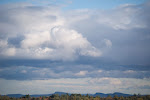



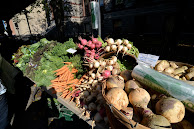

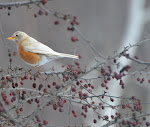






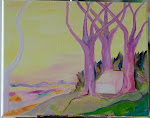






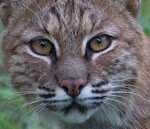




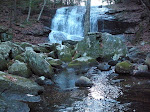
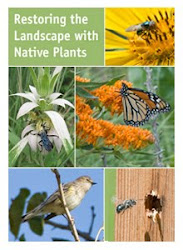








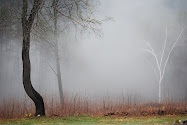












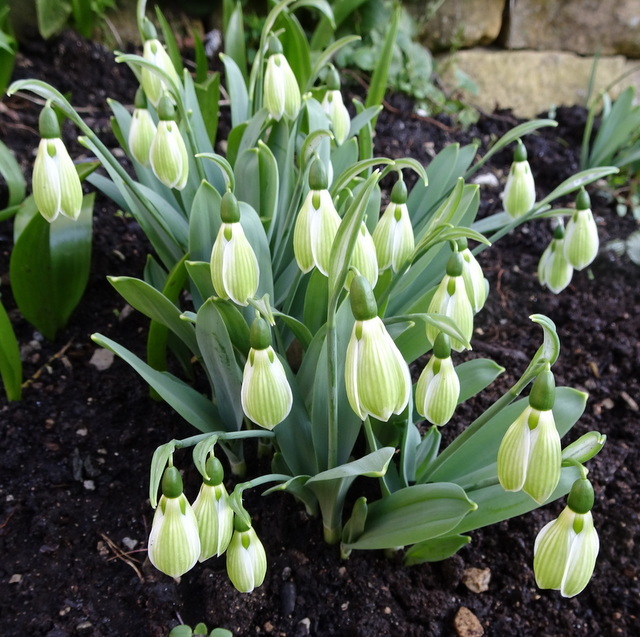




































.png)





















